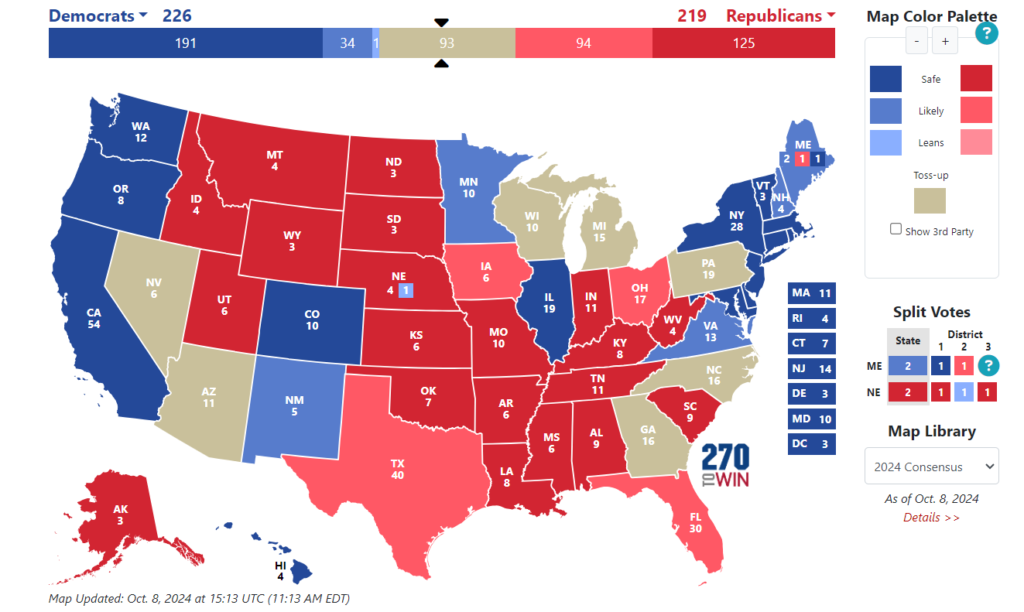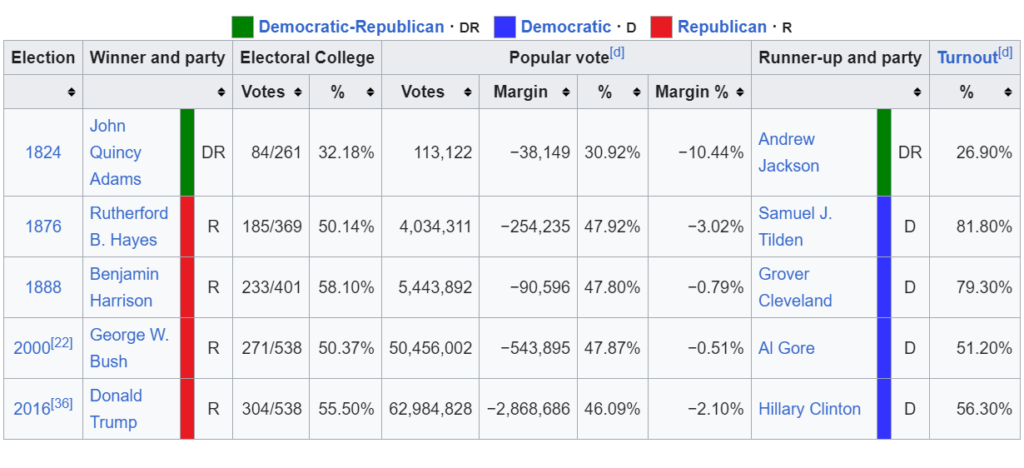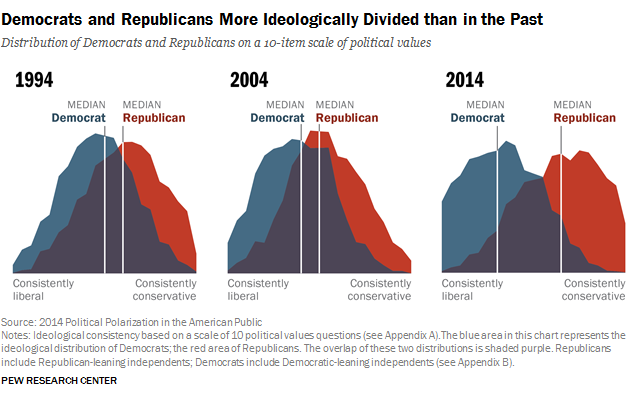Part 1
As I write this post, I am deep in the throes of creating my semi-annual election research spreadsheet. I remember the first one I made, in advance of the 2016 election: it included bios on each of the four presidential candidates (Democrat, Green, Libertarian, and Republican) along with a fairly comprehensive summary of each candidate’s position on a variety of issues. Since it was before I started this blog, I simply shared a link on Facebook that led to a spreadsheet housed in my Google Drive. Friends of mine shared it, and friends of theirs shared it. I’ll never know how many views it got, but a few weeks later one of Christian’s friends asked him if he had seen it. He said he had – when his girlfriend created it.

Image credit: [1]
Since then I have continued to assemble research spreadsheets for upcoming elections, still largely for my own benefit, but hoping that someone else may benefit too. Over time, I have discovered more resources that compile relevant information making the process simultaneously easier (having lots of relevant information in one place) and harder (having more data points to work with than I did before). With less than a month to go until Election Day, I’ve made very little progress on my spreadsheet, but since some Pennsylvanians have already cast their ballots, I didn’t want to wait any longer to write this post (the content of which is far more important than the link to my spreadsheet at the end).
Pennsylvania’s Role
Having just returned from Japan, where I participated in the last in-person session of my Climate Lab program, [2] I can attest that the eyes of the world are on Pennsylvania right now. Being a swing state with 19 electoral votes, [3] both major party candidates have been spending a lot of time here, and many people I encountered in Japan – both participants in my international program and residents of my second-favorite country – wanted to know what I thought… whether or not I wanted to talk about it. Interestingly, many of them seemed to be more in touch with the latest news from the US than I was, and I can’t say that was too surprising.
I have honestly spent even less time than usual looking at election news, and that has primarily been a necessity for my mental health. Yes, I recognize that not paying attention to politics is an indicator of extreme privilege, but I will specify that I’ve been consuming my news mindfully by paying attention 1) to the extent that I can / need so I can take appropriate informed action, and 2) to sources that provide a high-level, fact-based summary of need-to-know events, without a lot of interpretation, opinion, or pathos. (As always, the Media Bias Chart is a fantastic resource for finding and fact-checking your news sources. [4]) I have also really tried to avoid doom-scrolling through sensationalist news articles and YouTube rabbit holes of political videos – things that are much better for ramping up anxiety than supporting informed action.

Image credit: [5]
However, as we get closer to the election, I have noticed some of my self-enforced restrictions slipping. I’ve been looking at polling results more and more, even though we know that polls ultimately don’t matter; votes do. During the 2020 election I learned that my home county of Northampton is considered a bellwether for presidential elections – and in 2020 it swung red on Election Day and then blue after mail-in votes were counted. Consequently, eyes focused on Pennsylvania are especially focused on Northampton County, looking for a hint of which way the election will go in hopes of providing more certainty in an uncertain, high-stakes situation. [6]
Us vs. Us
But here’s the catch: no matter which way the election goes, our country is in trouble. The fact that this election is so close while also being so polarized and infused with so much vitriol means that whatever the outcome is after November 5, we will continue to see an increasing divide between people who identify with opposing political camps unless we do something about it. Our brains are hard-wired to identify similarities and differences in order to label people as “in” or “out” of our group. Those self-applied labels can be relatively restrictive (Pittsburgher) or expansive (American), and the more expansive they are, the more likely we are to trust and collaborate with someone else who shares that same label. It’s a topic I’ve covered before on this blog (and in an academic publication) with the term “superordinate social identity.” [7],[8]
The more dire a situation appears, however, the more emotional we get, the more we fall into fight-or-flight mode, and the more restrictive those labels become, making our “in” groups smaller and less likely to foster trust or collaboration with those “outside.” There was an evolutionary benefit to that development at one point in the past when it supported our basic survival as a species, but it also – now – prevents the type of coordinated, effective governance we could have in a world where we didn’t constantly have our emotions hijacked by news outlets, entertainers, and social media algorithms. That, again, is why I try to avoid certain news sources that will ramp up my emotions but not give me anything useful to do with them. (On that note, I suggest checking out a great “Hidden Brain” episode from 2020, in which we’re reminded that simply following the news doesn’t count as being involved in politics. [9])

Image credit: [10]
I have researched and personally experienced the hard-wired human reaction of feeling secure in identifying and belonging to a group. (And sometimes that definition is not necessarily focused on what defines us but instead by what or whom we exclude – something Brené Brown calls “common enemy intimacy,” which is used to hot-wire trust between people without taking the time and effort to build it in a meaningful way. [11]) Unfortunately, it often takes a more significant – even cosmic – event to shift our perspective and remind us that we’re really all in this struggle together. [12] It’s relatively easy for me to sit on my couch and type these words about how we need some serious shifts in perspective when it comes to this growing divide in the United States, but that doesn’t mean it’s any less critical. And honestly, we shouldn’t be waiting until after the election to start that process – it’s something we should have been doing for years already.
And that’s where we’ll pick up next week, along with a (hopefully) more complete election spreadsheet for Pennsylvanians who haven’t voted yet.
In the meantime, here’s a start:
I’d love to hear your perspective on anything I’ve said here – especially if you disagree with me.
Thanks for reading!
[1] https://www.270towin.com/maps/consensus-2024-presidential-election-forecast
[2] https://radicalmoderate.online/tag/climate-lab/
[3] https://www.archives.gov/electoral-college/about
[4] https://adfontesmedia.com/interactive-media-bias-chart/
[7] https://radicalmoderate.online/saving-us-getting-through-2022-together-part-2/
[8] https://radicalmoderate.online/climate-lab-diversity-inclusivity-and-equity/
[10] https://www.pewresearch.org/politics/2014/06/12/political-polarization-in-the-american-public/
[11] https://brenebrown.com/podcast/the-anatomy-of-trust/
[12] https://radicalmoderate.online/in-the-shadow-of-the-moon/
0 Comments